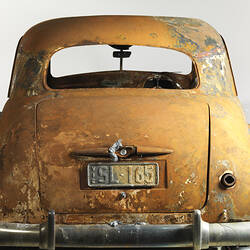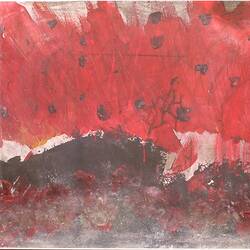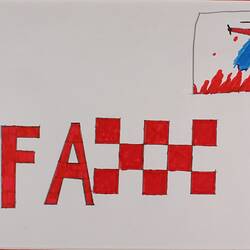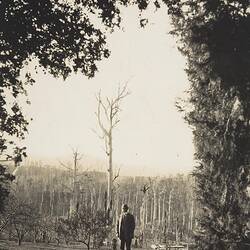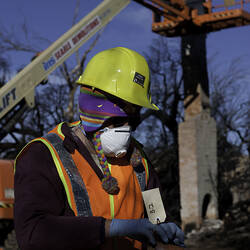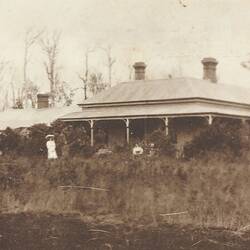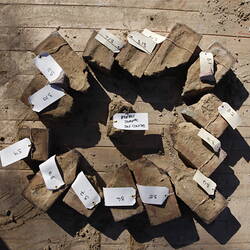Healesville is one of the main service towns of the Yarra Valley, northeast of Melbourne, and is perhaps best known outside the Valley for its reputation for its food and wine. On Black Saturday and in the days after it, Healesville came under direct threat from the Kilmore-Murrindindi Complex fires. Fires came to the outskirts of town, and outlying towns like Chum Creek and Toolangi, where some of the students lived, suffered loss of property. Healesville was one of the main centres for the emergency response, with trucks, ambulances and other emergency vehicles using the town as a base.
For three weeks after Black Saturday, Healesville Primary School was exposed to extreme weather conditions and fire threat. It closed for four days, on 10, 11 and 27 February and on 3 March. With changing winds and fire patterns, some students and their families were evacuated from their homes several times over the weeks. Students came to school each morning not knowing who would be missing - or why. Heavy smoke, sirens, the sight of nearby fires and the constant traffic of fire-fighting equipment through the town added to the students' distress. The school became a vital way for children and families to connect with each other and try to maintain a sense of familiar routine.
It was an extraordinary circumstance that Lillian Walsh, Healesville Primary School's art teacher, had initiated a new art program in the first week of the 2009 school year, before Black Saturday, with the theme of natural disasters. Along with drought and flood, bushfires like the 1983 Ash Wednesday fires and the 2003 fires in Canberra are part of the Victorian Essential Learning Standards for Level Four, but students from Grades One through Six took part in the project.
After the events of Black Saturday on 7 February, some students chose bushfires as their subject and produced paintings that recorded their impressions of living through a bushfire, from first-hand observations and personal experience to media stories re-interpreted in the paintings. Topics included the fire itself, houses and animals affected by the fires, emergency responses including the CFA, medical services and Elvis, the giant fire-fighting helicopter. All of the paintings were produced in the weeks immediately following Black Saturday.
Working with pencil, poster paints, collage and pastels on paper, the children recorded what they saw, experienced or heard about. Some of the artworks convey a wealth of detail, from the intricacies of Elvis' tanks and hoses to the fleets of emergency service vehicles charging through Healesville. Perhaps the most powerful are those that give an impression of the fire itself, either witnessed personally or as recounted by others, and the devastation of the country. Most of the children knew someone who had lost property or people through the fire, and at least two children lost their own homes.
During 2009 a selection of the works was exhibited at the Zart Art's Student Gallery at Box Hill and at the Yarra Valley Arts Council's 14th Annual 'KidsART' Exhibition. They were also displayed at the 56th Annual Lilydale Agricultural and Horticultural Show in November 2009 and a number were selected for inclusion in The Book of Light, an online initiative from the Departments of Education and Early Childhood Education in response to the 2009 bushfires. 39 of the artworks were on display in the Melbourne Gallery at Melbourne Museum over the course of the summer, from 29 November 2009 to 31 January 2010.
The Book of Light is available online through the Victorian Department of Education on Book of Light
More Information
-
Keywords
-
Authors
-
Article types

